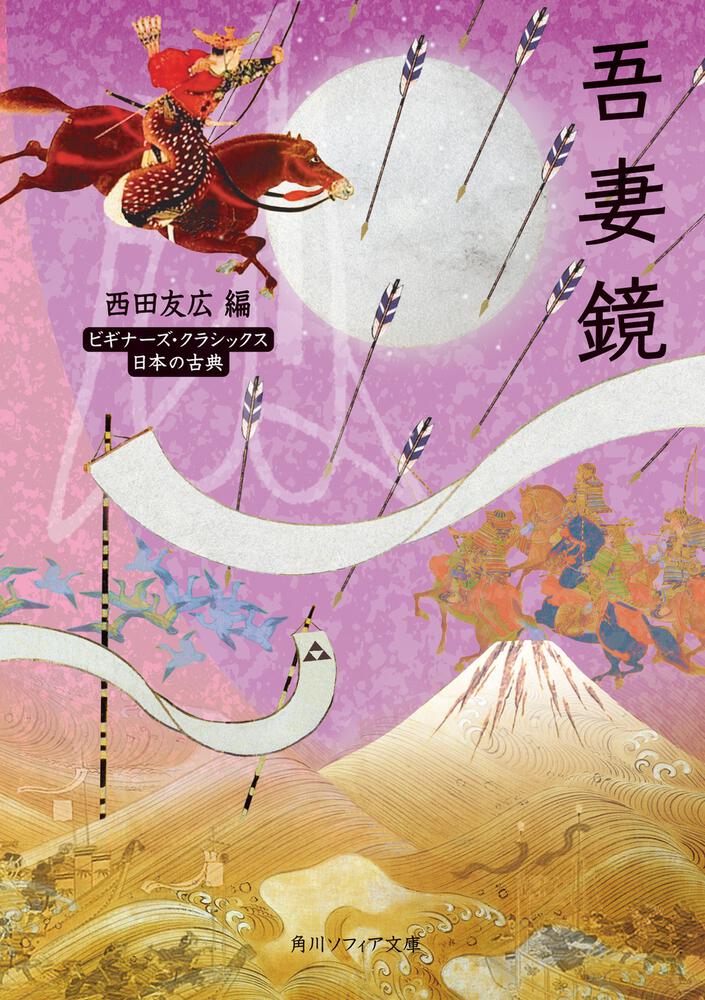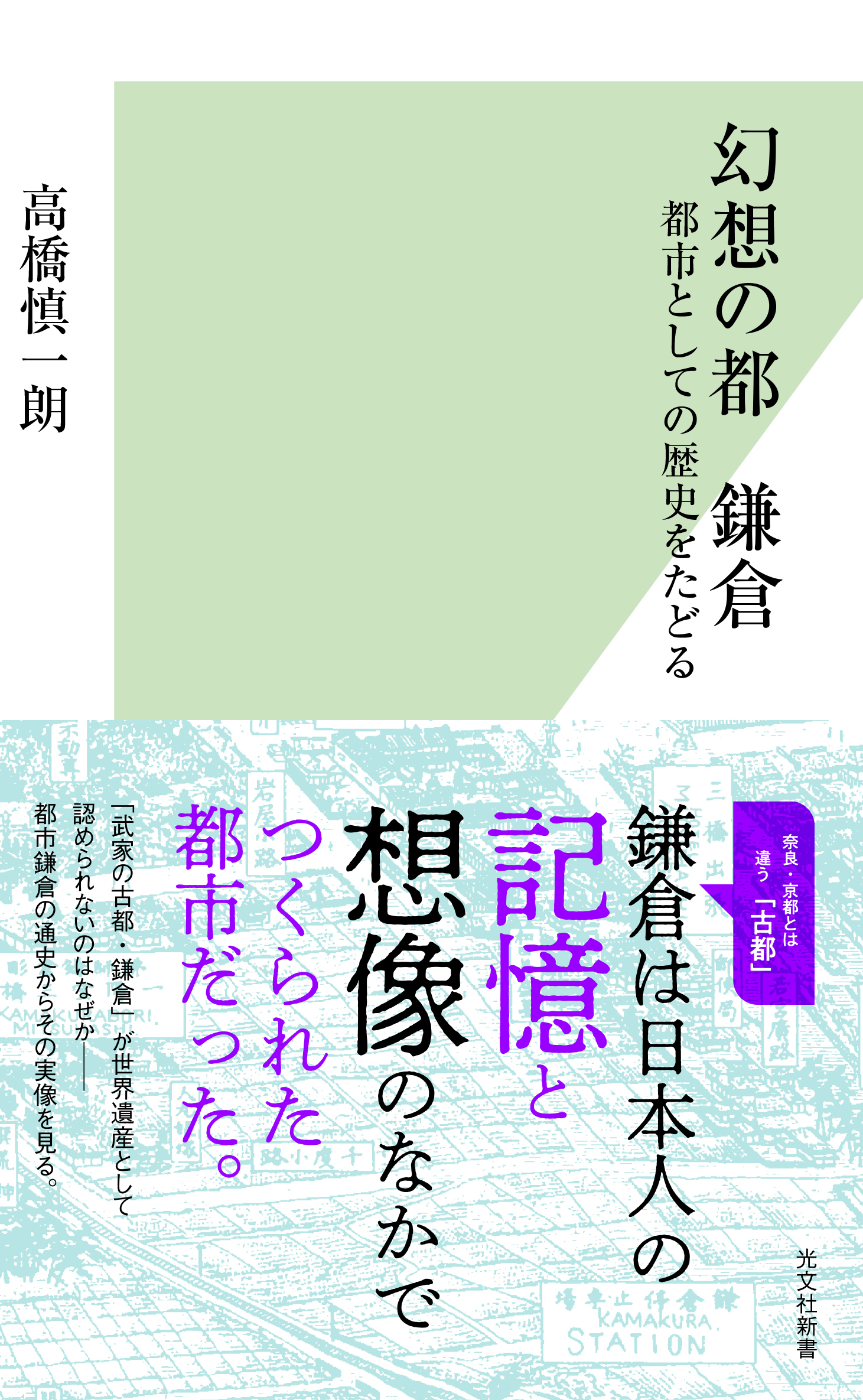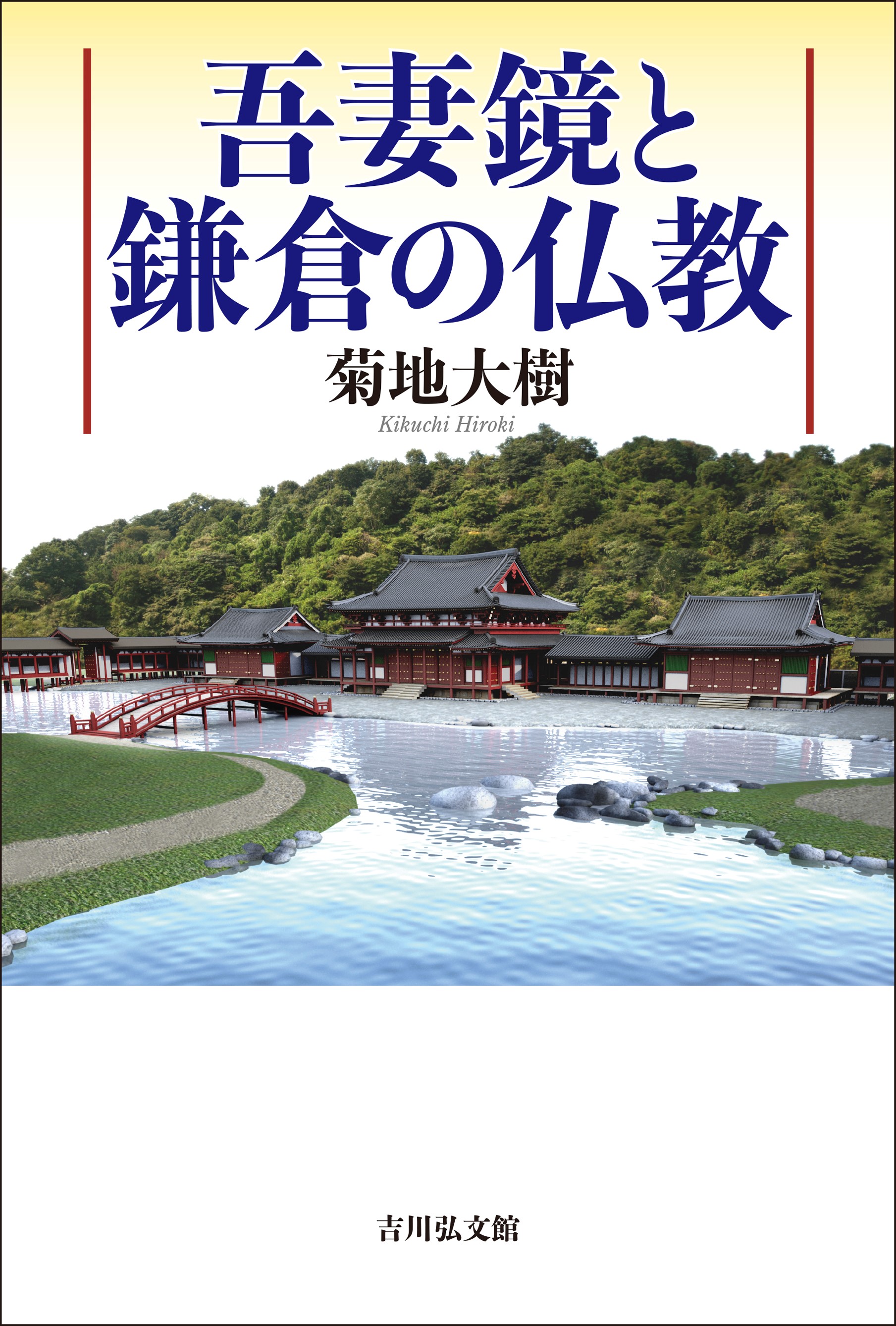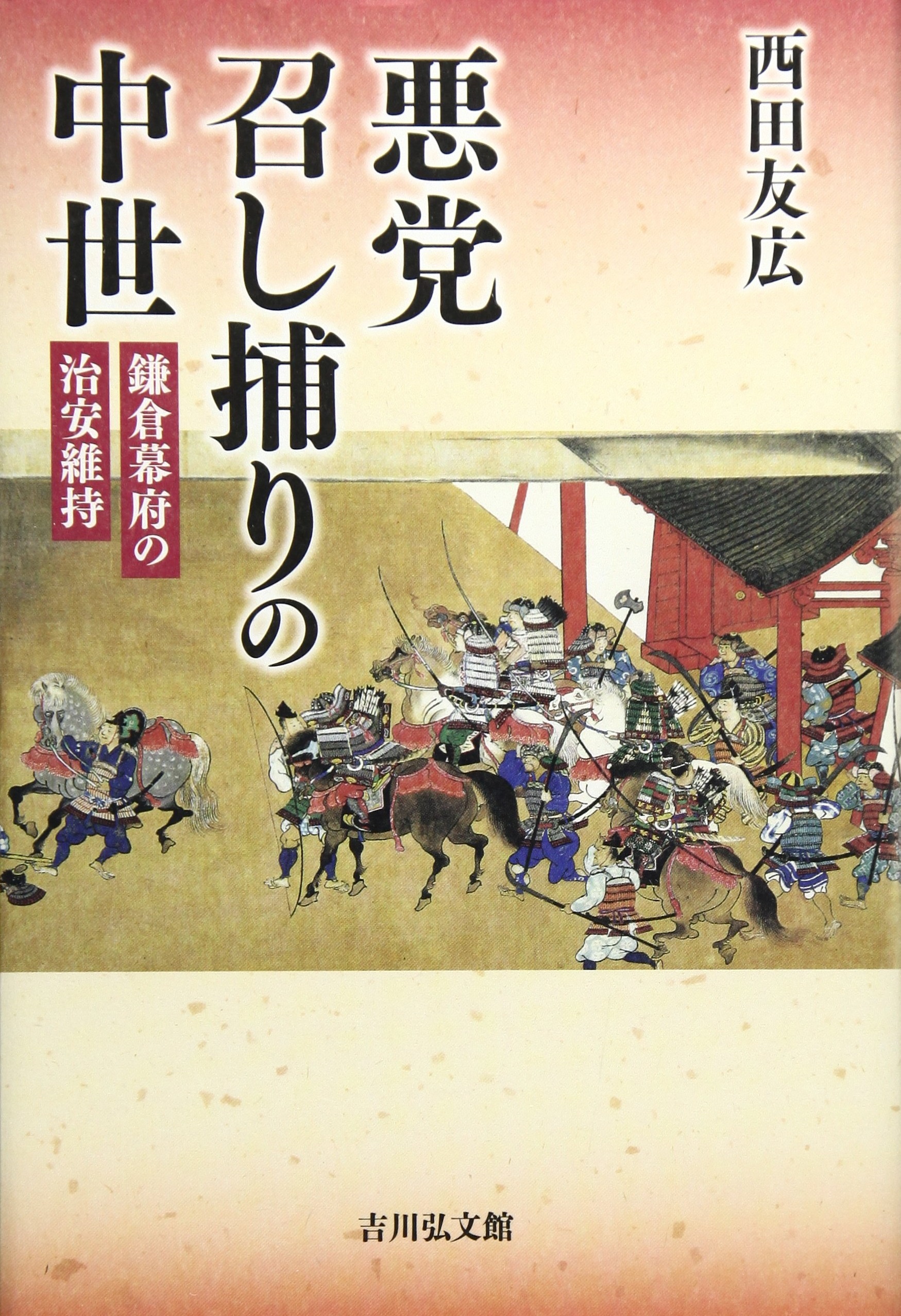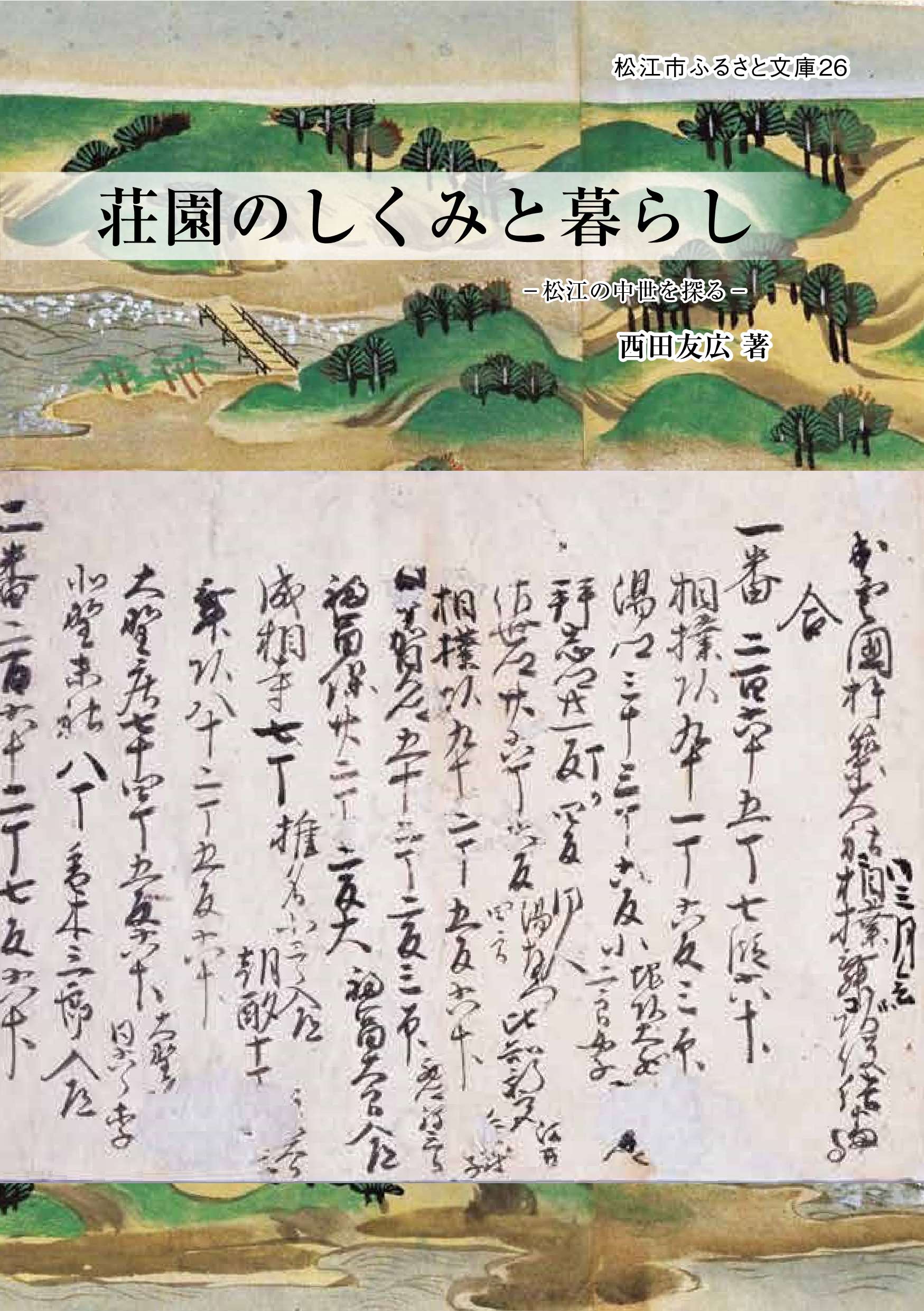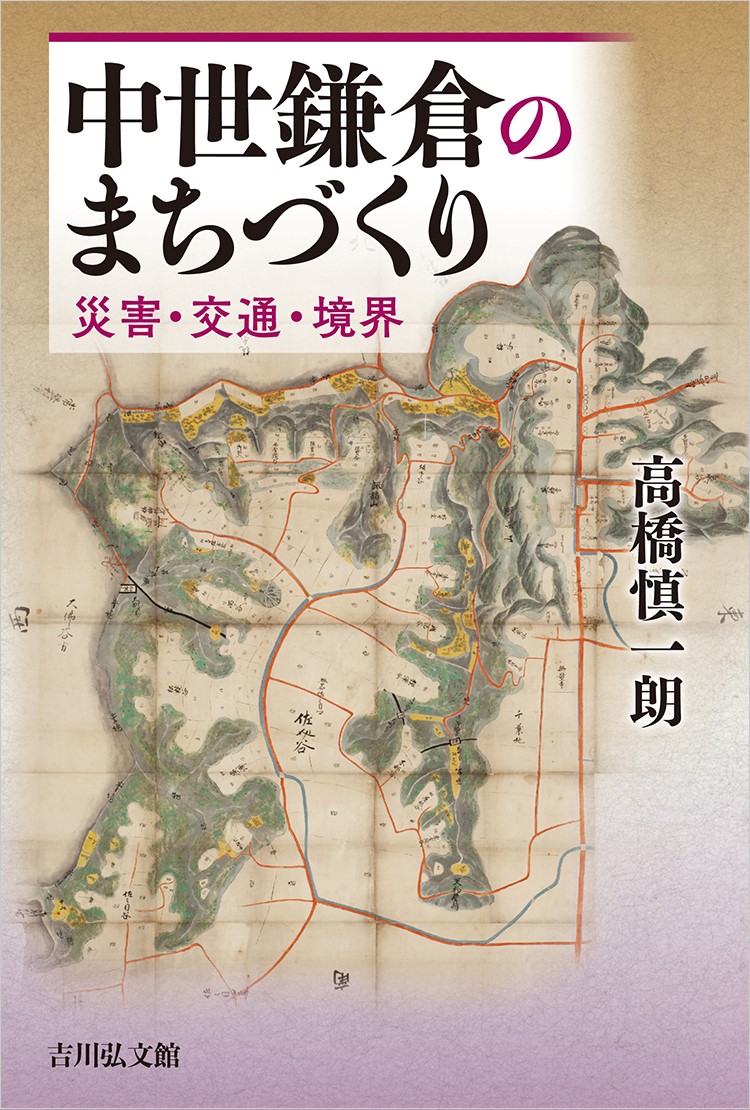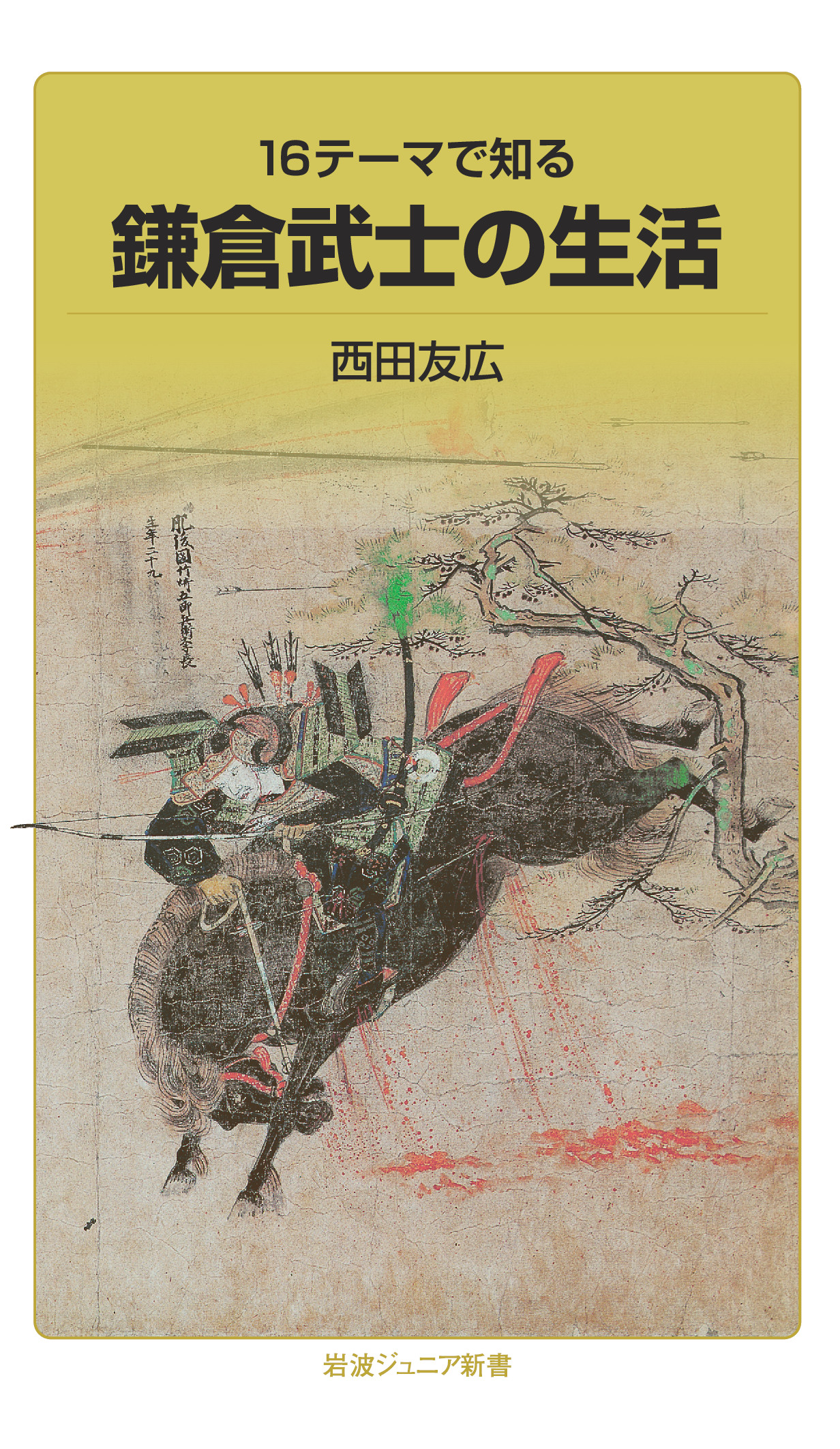
Title
Iwanami Junior Shinsho Kamakura bushi no seikatsu (The Life of the Kamakura period Warriors -16 themes to know)
Size
222 pages, paperback pocket edition
Language
Japanese
Released
August 19, 2022
ISBN
9784005009565
Published by
Iwanami Shoten
Book Info
See Book Availability at Library
Japanese Page
This book uses sixteen themes to explain the lives of the Kamakura period warriors (1185–1333). The Kamakura period warriors being discussed here are mainly the retainers of the Kamakura shogunate and are called gokenin. They established the Kamakura shogunate under Minamoto no Yoritomo and served its leader, "Kamakura-dono.
What kind of people were the Kamakura period warriors? How did they live? What kind of roles did they play in society? What kind of government did the Kamakura shogunate have? In this book, I endeavored to specifically address these issues using a variety of sources, such as historical documents, picture scrolls, excavation results, etc.
Chapter 1 is the introduction; chapters 2 and 16 are chronological descriptions; and chapters 3 to 15 are descriptions of the individual-specific themes. You can start reading any chapter that interests you.
Chapter 1 describes the picture scroll called “Obusuma Saburo ekotoba” that I used, which is often taken up in textbooks of Japanese history, and introduces the lives of Obusuma Saburo and his elder brother Yoshimi Jiro, both of whom were warriors from the Kamakura period. In the chapter, I have detailed that these brothers were gokenin and explained what kind of people the gokenin were.
In Chapter 2, I described how the warriors were born and gradually developed and how the Taira clan founded a government. After Minamoto no Yoritomo raised an army to oppose the Taira government, the Kamakura shogunate was established, leading to the birth of the gokenin. Based on the findings of a recent study, specifically with regard to the founding of the Kamakura shogunate, I explain that Yoritomo was initially an anti-government armed force, and this fact shaped the nature of the Kamakura shogunate.
In Chapters 3 to 5, I described the housing, clothing, and food of the Kamakura period warriors, and Chapters 6 to 8 discuss the weapons, battles, and martial arts of those whose essence was to fight.
In Chapter 9, I described the various stages of the lives of the Kamakura period warriors from their birth to their deaths, and in Chapters 10 and 11, I discuss their culture and leisure activities.
In Chapter 12, I described the tendency to violence and religious faith of the Kamakura period warriors and the ideology of compassion for the people they came to rule over during the governance of the Kamakura shogunate.
In Chapter 13, I discuss their various jobs as retainers of “Kamakura-dono.” In Chapter 14, I describe the posts of shugo (constable) and jito (military steward), the basic system that supported the Kamakura Shogunate, to which the gokenin were appointed, while also examining their social roles.
In chapter 15, I described the women of the Kamakura period, such as the wives and daughters of the gokenin, who had their own property and occasionally held the position of jito.
Chapter 16 narrates the challenges the gokenin faced toward the end of the Kamakura period, the destruction of the Kamakura shogunate, and the whereabouts of the gokenin subsequently.
I shall be delighted if this book encourages readers to learn about history through historical materials and become interested in the Kamakura period warriors as well as other historical figures and their lives.
(Written by NISHITA Tomohiro, Associate Professor, Historiographical Institute / 2023)



 Find a book
Find a book


